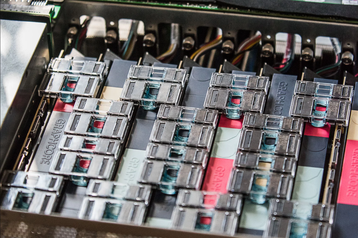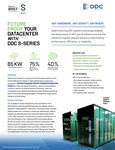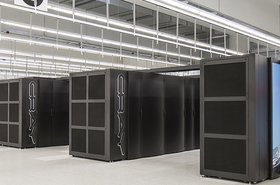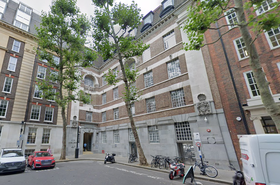British chip designer Graphcore said that it urgently needs to raise new funding in a recent Companies House filing.
The artificial intelligence-focused semiconductor company said that it faces “material uncertainty” over whether it can remain a going concern if it cannot get fresh funds by May 2024.
Graphcore reported pre-tax losses grew 11 percent to $204.6 million, its 2022 financial statements reveal. Revenue dropped 46 percent to $2.7 million.
The company has laid off a number of workers, with its headcount down 21 percent to 494, and closed operations in Norway, Japan, and South Korea.
Graphcore's intelligence processing units (IPUs) have been pitched as a competitor to Nvidia's GPUs, but the business has struggled to find traction even amid the current generative AI boom.
“IPUs have been designed from day one with a mandate not to look like GPUs,” Simon Knowles, Graphcore's CTO, told DCD earlier this year. “I'm amazed how many of the startups have tried to basically be an alternative GPU. The world doesn't need another Nvidia; Nvidia are quite good.”
But the stark difference to GPUs has dissuaded developers from investing the time in converting models to unknown hardware. To entice more to its platform, “we decided to change our business model from selling hardware to operating an AI cloud,” Knowles said.
However, launching its own cloud facilities requires more capital upfront.
At the same time, the Bristol-based company has tried to win a contract to supply the UK government's planned £900 million ($1.1 billion) exascale supercomputer, also set to be located in Bristol.
The government said that it planned for the supercomputer to use sovereign hardware, and Graphcore is the country's only large AI chip designer, but it is yet to be picked for the project.







